You’ve set a big goal for yourself. You’re ready to learn how to run a mile without stopping, without walk breaks. Now it’s time to follow the steps that are going to make that possible! It doesn’t need to be fast and maybe it will take you more than four weeks, that’s ok too. What’s important is knowing that it is 100% doable no matter your age, size, shape!
On my first outings as a runner, I rarely called myself a runner because it was mostly walking. I had what felt like a HUGE goal of being able to run a mile without stopping.
What starts out as a big goal, slowly with the right steps becomes super doable.
And then you start looking to new goals, like could I just possibly run a 5k? Or perhaps I could get faster at that mile!
There is so much to learn about training, running gear, breathing, resting and recovery that those early days of running can be overwhelming and really easy to stop before we hit the good stuff. And there’s good stuff, I swear!
After coaching thousands of runners since 2012, I want you to know this is absolutely a doable goal. Let’s breakdown the process and get you on your way.
10 Steps for How to Run A Mile Without Stopping
Let’s first make sure we’re clear that running .1 of mile makes you a runner! Running to the next mailbox and walking, still a runner. Running around your backyard and then needing to grab your knees, still a runner. It’s all a progression.
But this is a running goal that feels really motivating and super attainable for nearly every fitness level.
Let’s look at the tips that are going to help you learn how to run. And that means being comfortable with starting at the beginning, drop the ego, build a foundation that allows you to be successful.
#1 Train Consistently
Progress will not happen after 1 run. Progress may not even feel like it’s happening after 10 runs.
But keep putting on your running shoes and suddenly your body catches on to what you’re asking of it and you get a slingshot effect.
We call this supercompensation.
- From baseline you’ll start training
- This will breakdown the body (required to make it stronger!!)
- Then you will have a rest day or a cut back week
- All of that training will be absorbed by the body during that rest
- Then you suddenly get a big boost that pushes you past your original base line fitness
- Repeat, repeat, repeat
When you are first starting out, it’s absolutely ok to walk every single day.
But you don’t need to run every day. You’ll be better off alternating higher and lower intensity days.
#2 Power Walking
One of the first goals with runners we coach 1-1, who are starting out and want to run a mile, is working up to power walking 3 miles with each one at a 15 minute per mile pace.
In fact, we have a power walking plan inside Run Club and our Low Heart Rate program.
Being able to power walk 3 miles at that pace will 100% make your progress to run a mile without stopping 10x’s faster, less painful and less likely to result in injury.
We have done this with many runners and each time they’re blown away by how much faster they progress with that base.
#3 Start with Run/Walk
There is possibly no better way to increase your endurance than started with planned walk run intervals, also referred to as the Galloway Method.
This means you don’t go until you’re gasping for air, but instead start with a planned amount of time to walk and to run. On training plans, you’ll often see this listed as 1:1 – meaning run 1 minute, walk 1 minute.
- Start with 30:30 in seconds
- Once you can complete a mile at that interval, slowly start to increase
- 1:1
- 2:1
- 3:1
- Checkout this Couch to 5K plan for some ideas on continuing to increase intervals
Seriously, have some fun!
Listen to a great running podcast, go with a friend and remember NO ONE knows what your pace is or how far you’re going or whether you’re out for a stroll or a run.
#4 Slow Down the Run Pace
Once you start running, it’s important to make sure you aren’t pushing the pace too much.
- Could you hold up your end of a conversation? This is a good test for effort level to make sure you are keeping it easy enough.
- Are you panting? If yes, then go back to walking.
- Checkout this great chart on Running Perceived Exertion – to give you more ideas on managing effort.
#5 Play with Run Intervals
If you feel like you’ve been doing the training schedule for a long time and just aren’t seeing progress then you might benefit from throwing in a few intervals.
This can make training more interesting, but it’s also going to improve your mental strength!
After running hard, it feels much better to slow down and go for longer.
If you are following a training plan, this is how you will find intervals listed on the plan.
Here are two ideas to start with intervals:
- Run fartleks – less structure, less pressure
- Run hill repeats – better form, proven to make you faster
#6 Include a Dynamic Warm Up
One of the things that can make running feel easier is warming up before we start.
This is going to help prevent your heart rate from spiking so quickly, it’s going to make the movements feel easier and your breathing will also feel better.
Checkout this complete 5 minute dynamic warm up for ideas.
#7 Learn The Art of Distraction
Running is supremely mental and part of what you’re doing right now is learning how to work with your brain.
What can you focus on besides how hard this feels?
- A runner’s favorite game is I’ll just run to that next….
- Try asking a friend to go with you, don’t worry about your pace, just say you think it will make your goal more fun. Trust me people love being invited to help with a goal!
- Listen to a running podcast or a great audiobook, they distract and with the right topic are extremely motivating.
- Cuss if you need to, that’s actually been shown in studies to help you push through!
- Lean in to the discomfort knowing that you’re becoming stronger.
#8 Celebrate Each Additional Step
This is one of the mushy ones that you’re going to want to skip.
Don’t.
Running is so much about your mental state. You have to spend time thinking that you CAN do this and you ARE doing this. Which sounds impossible when we start, which is why we make it easier by taking the time to celebrate our progress.
Made it one step farther today? Incredible!
Ran 10 seconds more than last week? Progress!!
Showed up on day you’d rather have slept in? Winning.
#9 Find a Flat Route
On the whole, as a running coach, I advocate including hills in your runs. It’s going to make you stronger and eventually faster.
But when you’ve picked out the day you’re going to try for that first mile then we want to pile everything in your favor. A little rolling course can give you the benefit of enjoying a downhill, but flat is awesome to just take away any mental worries.
Here’s some tips on how to plan a running route >>
#10 Add Strength Training and Core Work
One of the things most long time runners wish we’d known was the value of strength training and especially core work on day one.
Cross training used to just mean more cardio, but that’s not the way to run faster.
We want to build muscle and improve our stability.
- More muscle means more power in your glutes
- More power in your glutes means running faster and fatiguing slower
- Building up your core means more stability which means better endurance
- Working your entire core means less chance of knee, hip or ankle pain
BONUS: Proper Running Form
I don’t think this is where you need to start your running journey. Studies have shown most of us naturally find a rhythm that’s going to work.
Beginner runners have enough going on without trying to think about how to do it all perfectly. But if you really want a place to start think about these things:
- You want to ensure your arm swing is forward and back, not across your body
- In your conversational pace, your stride will likely not be as long and your knees won’t drive as high, that’s ok!
- Eventually we want to make sure that you are landing under your body, which we do by working on running cadence
BONUS BONSUS: Running Shoes
There is something about going in to a running shoe store and buying your first shoes just for running that really sets the tone. And trust me they don’t care if you are mostly walking, doing a 13 min mile or a 7 minute mile.
A good pair of running shoes will not only feel better, but can reduce your injury risk.
I have a CRAZY number of running shoe reviews around here to help get you started.
Run a Mile Without Stopping Plan
All right, I’ve given you the highlights, but if you’re looking for a step by step to get this done in 4 weeks, let’s have it! For this plan, I’m going to assume that you have been doing some walking, but not a ton of workouts or fitness classes.
If you have more fitness then you’ll likely progress faster.
Week 1:
M, W, F
– Warm up with 15 minutes of power walking, then try :30 seconds running with :30 seconds of walking for 5 minutes, finish with 15 more minutes of power walking
T,R (every week)
– Do that strength training!!!
– Start with bodyweight exercises
Week 2:
M,F
– Warm up with 15 minutes of power walking, then try 60 seconds running with :30 seconds of walking, 5 times, finish with 15 more minutes of power walking
W
– Find a hilly route and power walk for 30-45 minutes
Week 3:
M,F
– Warm up with 15 minutes of power walking, then try 90 seconds running with :30 seconds of walking, 5 times, finish with 15 more minutes of power walking
W
– Find that hilly route again and this time, you’ll do 30-40 minutes power walking and then at the end find a good hill.
5 times for 20 seconds run hard uphill, take all the recovery you need between repeats
Saturday or Sunday – add in another power walk
Week 4:
M, W
– – Warm up with 15 minutes of power walking, then try two minutes running with :30 seconds of walking, 5 times, finish with 15 more minutes of power walking
Sunday – find your flat route, psych yourself up, grab your pump up tunes and go see if you can run that mile.
If not, THAT’S OK. You will still have made progress, gained fitness and now you know where you’re at. So you can keep alternating things like the above training to help you get there.
You’ve now got all the tools to start to run.
It’s up to you to simply choose to do it!
To really help build the habit you could commit to 30 Days of running a mile a day. Checkout that guide for tips to do it safely.
Don’t worry about that whole walking thing, it is genuinely how MOST runners start. Of course, few of them talk about it now, but they did!! Over time they gradually increased their running intervals, until suddenly they were running a mile without stopping.
Which 100% leads to finding a training schedule that will show you how to run longer.
Looking for additional training tips?
- Beginner Running Tips
- How to get back to running after years away
- Why running on the treadmill feels harder
- Running 2 miles a day benefits and drawbacks
Other ways to connect with Amanda
Instagram Daily Fun: RunToTheFinish
Facebook Community Chatter: RunToTheFinish
Sign Up to Receive a Weekly Newsletter with Top Running Tips and Laughs
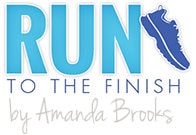

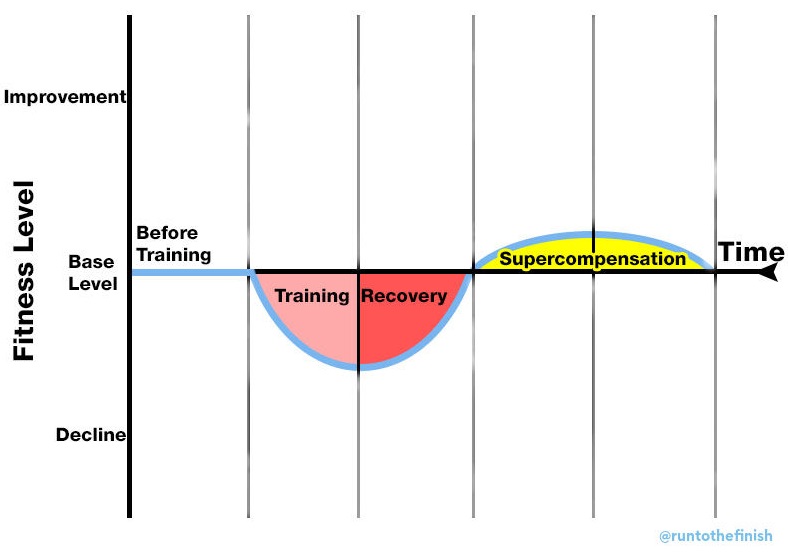

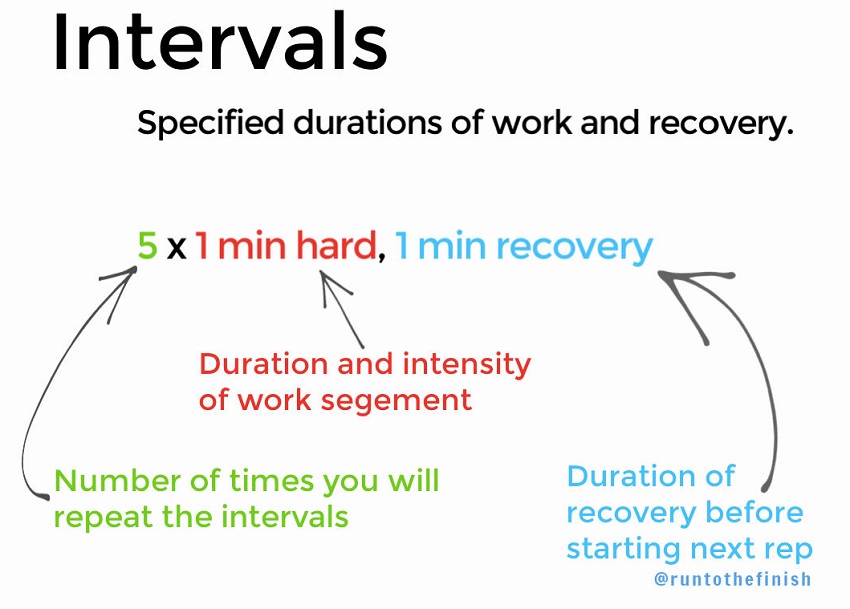
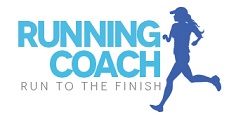
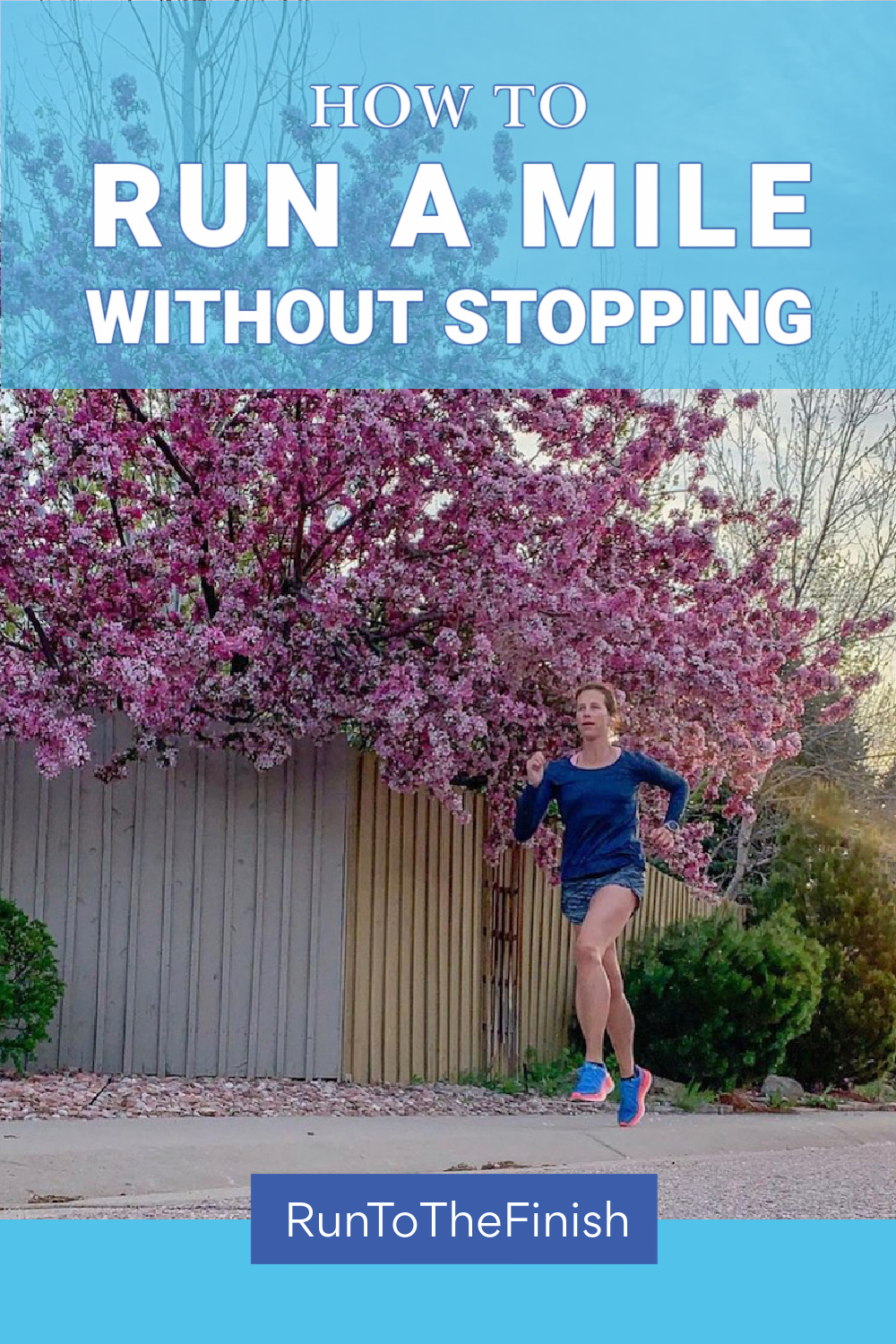
 9 Christmas Running Leggings | Celebrating in Style
9 Christmas Running Leggings | Celebrating in Style
